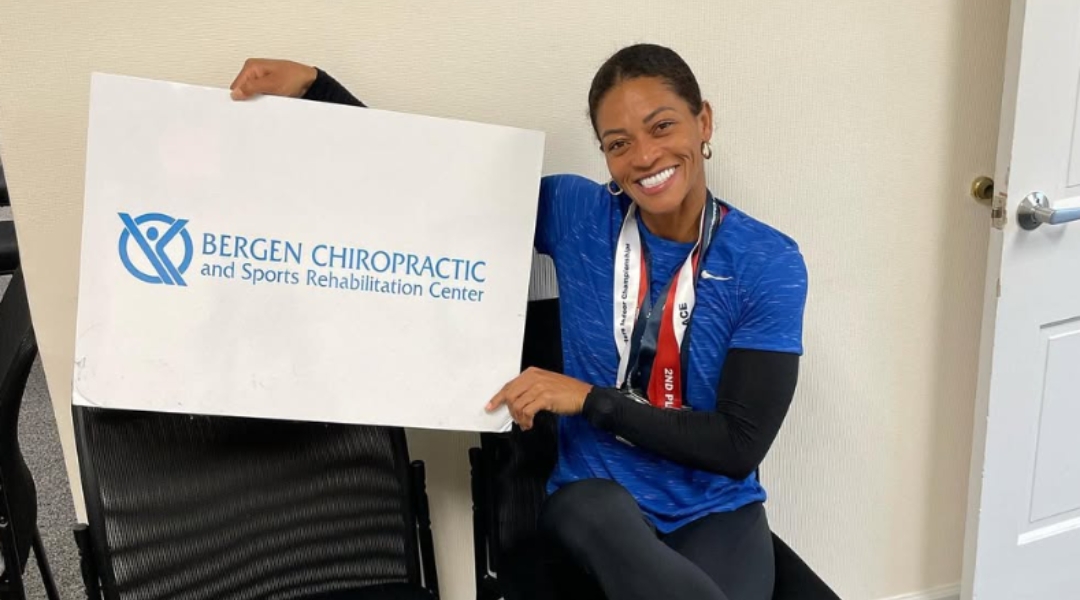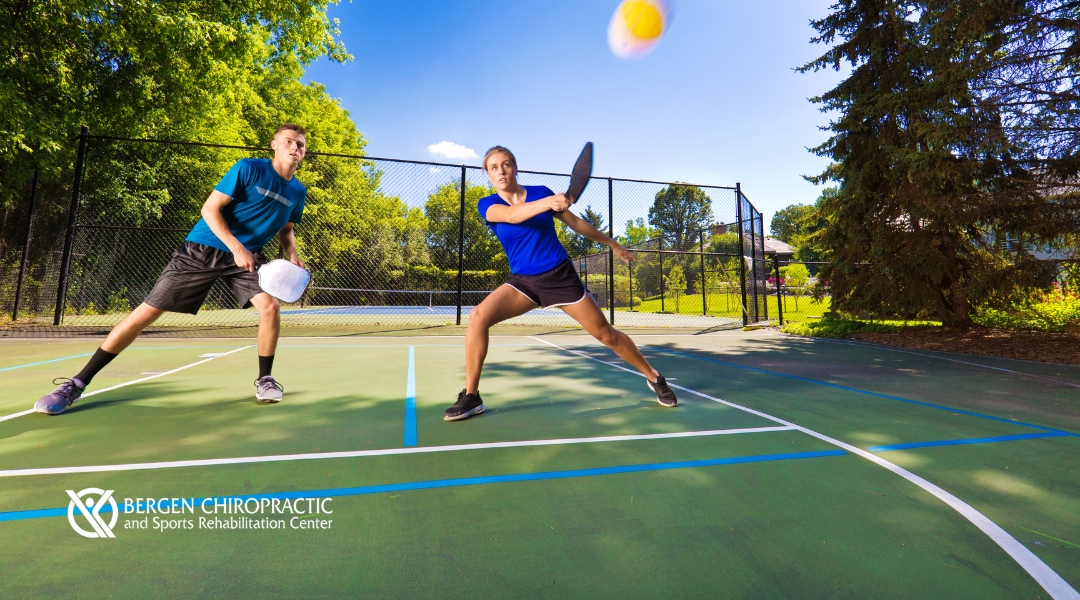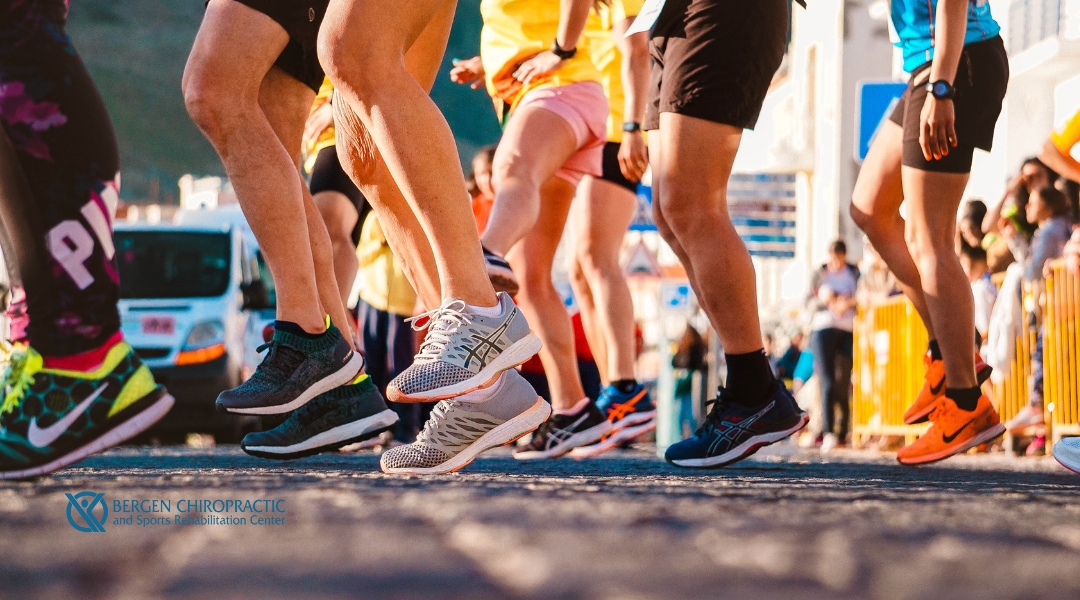Learn when to start prenatal chiropractic care, its safety, and how each trimester benefits from adjustments for a more comfortable pregnancy experience.
Bergen County’s Best: Raving Reviews Pour In for Dr. Doerr & Dr. Doyle at Bergen Chiropractic!
Patients in Bergen County praise Dr. Doerr and Dr. Doyle at Bergen Chiropractic for exceptional personalized care, expertise, and proven treatment outcomes.
Bergen Chiropractic’s Normatec Compression Therapy Helps Athletes Bounce Back Faster!
Bergen Chiropractic offers Normatec Compression Therapy to help athletes speed up recovery, reduce muscle soreness, and enhance overall performance.
Stay in the Game: Chiropractic Solutions for Pickleball Injuries
Prevent and treat pickleball injuries with expert chiropractic care in Bergen County, NJ. Learn about solutions to stay active and pain-free on the court.
Bergen County Runners: Find Lasting Relief from Runner’s Knee with Expert Chiropractic Care
Find effective, long-term relief from runner’s knee with expert chiropractic care in Bergen County, NJ. Explore treatment options to keep you running strong.
IT Band Syndrome Holding You Back? Discover Effective Chiropractic Care in Bergen County, NJ
Ease IT Band Syndrome pain with expert chiropractic care in Bergen County, NJ. Learn about proven treatments to help you recover and get back to activity.
Holistic Healing: Integrating Chiropractic Care Into Your Rheumatoid Arthritis Treatment Plan
Chiropractic care eases RA joint pain, improves mobility, and complements your holistic rheumatoid arthritis treatment plan.
8 Chronic Conditions Managed by Chiropractic Care
Learn how chiropractic care safely eases hand numbness during pregnancy at Bergen Chiropractic.
Chiropractic Solutions for Pregnancy-Related Hand Numbness
Relieve pregnancy hand numbness with expert chiropractic care and gentle techniques at Bergen Chiropractic.
Aligning for Two: Chiropractic Solutions for Prenatal Joint Pain
Chiropractic care eases prenatal joint pain with safe, effective solutions for expectant mothers at Bergen Chiropractic.










